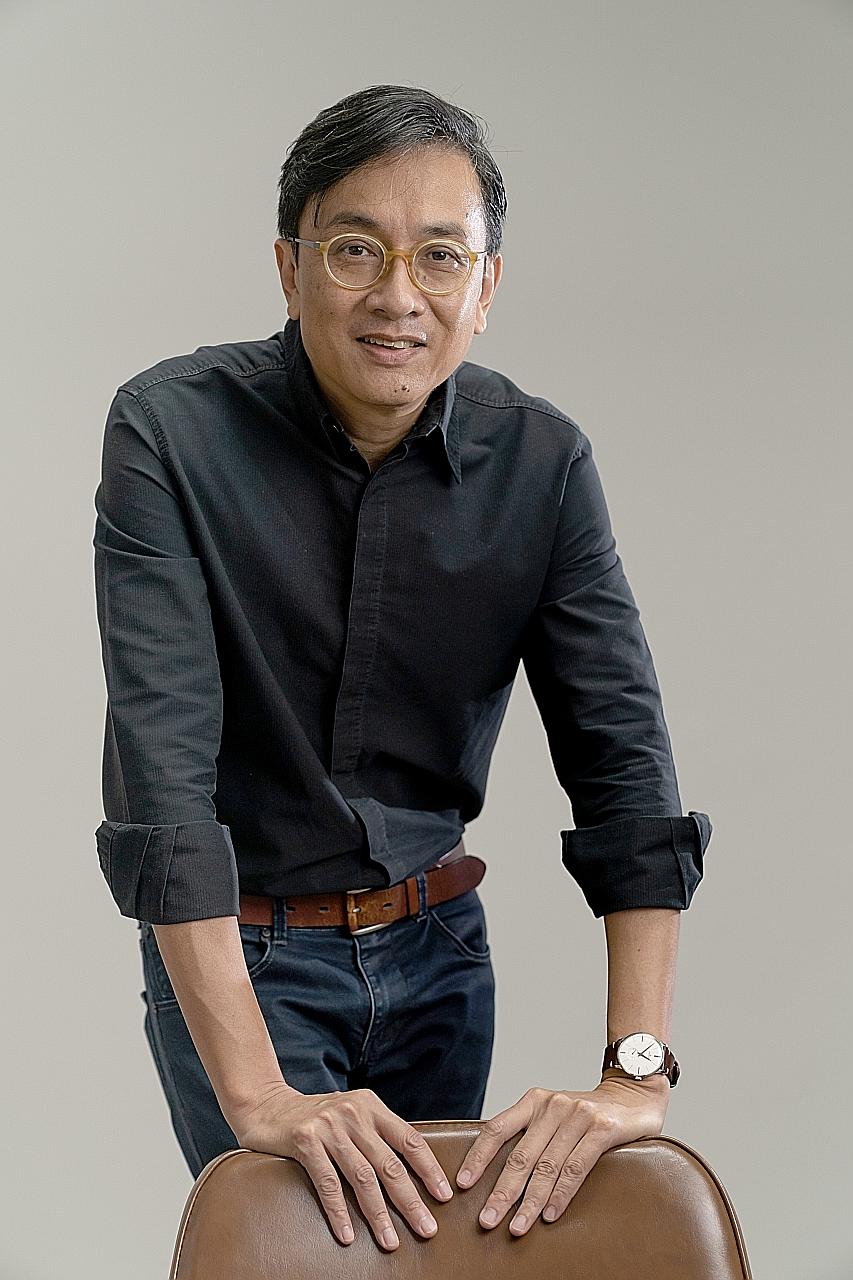Solving problems through design education
New committee to look at how institutes of higher learning adopt this amid demands of modern economy
Sign up now: Get tips on how to help your child succeed

PHOTO: COURTESY OF LOW CHEAW HWEI
Follow topic:
It is no coincidence that banks and the healthcare sector have set up in-house design teams to look at how to better meet the needs of customers or patients.
It is a reflection of how design has become increasingly pivotal in people's daily experiences, said Mr Low Cheaw Hwei, who heads a newly formed Design Education Advisory Committee.
In a recent interview with The Straits Times, he detailed how design education has grown from being relatively niche to a more widely recognised practice.
At the heart of this growth is the recognition that the education of designers covers aspects that are crucial in the modern economy - the focus on understanding the users, working in multi-disciplinary teams and finding solutions to problems.
The end product is a person imbued with a potent combination of problem-solving skills, creative thinking and empathy.
These traits have "caught the attention of the non-design world", he said. "They are very interested and keen to see how... these capabilities could be applied in a non-creative industry."
The new committee Mr Low heads will look at how institutes of higher learning here adopt design education.
It is the first national-level committee launched by the DesignSingapore Council - a subsidiary of the Economic Development Board - and consists of nine industry leaders and 14 academics from the institutes of higher learning, who have been appointed by the Ministry of Trade and Industry.
Mr Low, head of design for Asia-Pacific at Philips Asean Pacific, was appointed by Mr Chan Chun Sing, Minister for Trade and Industry, to chair the committee for a two-year term from April.
A resource panel comprising international thought leaders and representatives from relevant agencies such as SkillsFuture Singapore and Workforce Singapore, among others, has also been set up.
The committee, which has met thrice since August, will engage the panel in its work.
Apart from improving design-related courses in higher learning institutions, Mr Low said the team wants to make design a bigger part of seemingly unrelated disciplines.
This means taking a closer look at how design-related skills such as empathy can be infused into non-design courses.
"Students studying business need to understand the needs of customers and put themselves in the position of the end user or the recipient of a business product or service that he or she creates," he said.
Another example is healthcare training. "Doctors are trained in the technical skills in the field of medicine, but I think it will be also very useful for doctors to be armed with a set of capabilities that demonstrate empathy, especially towards patients," he added.
Mr Low said the team hopes to reshape the public perception of design. It also wants to expand the types of jobs that design graduates can go into.
"I think increasingly in the new economy... it's no longer a composition of job types the industry needs. It's very much about what capabilities are required in the industry to solve certain problems."
Hence, an interior design graduate may move to other roles based on his skills and interests, said Mr Low. "Our role... is about building Singapore's next generation of problem-solvers, so we're not just relying on designers to be creative."

